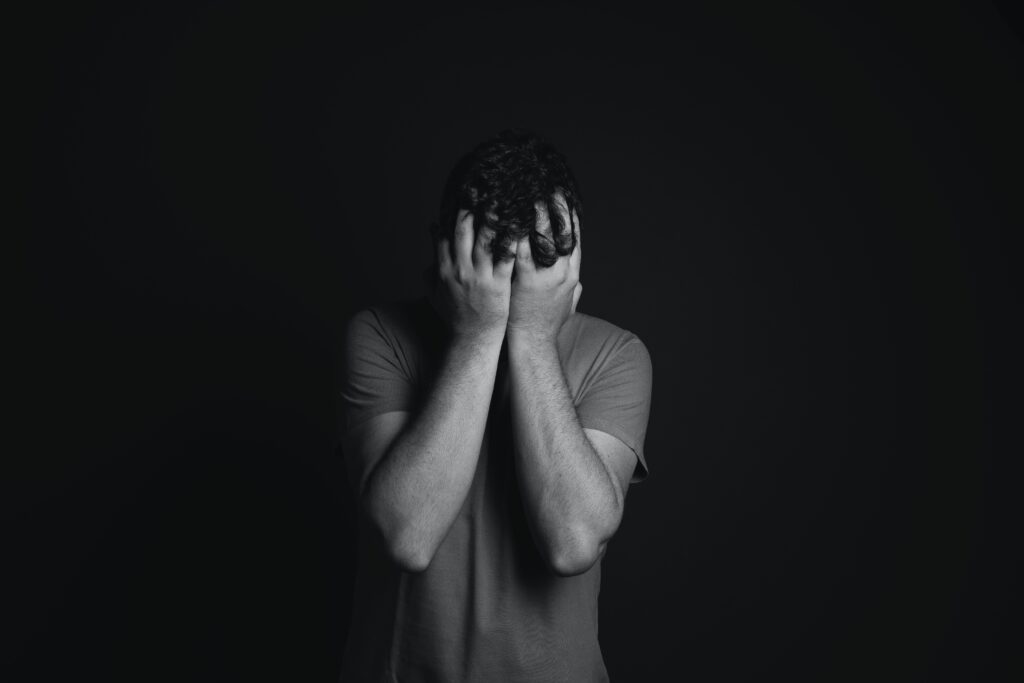6 Reasons Why The Silent Treatment Is Harmful

“The worst sin to our fellow creatures is not to hate them, but to be indifferent to them: that is the essence of inhumanity”–George Bernard Shaw
Have you ever been on the receiving end of someone’s silent treatment? It feels uncomfortable, right? Stifling, even. There are many psychological reasons to explain why you feel that way, but even more that explains how harmful giving someone the cold shoulder can be.
Many people believe that giving the silent treatment is a dignified response to an argument, but it is not. The silent treatment is a form of ostracism. Therefore, a passive form of abuse, according to professor of psychology Kipling Williams at Purdue University.
It is employed with the intent to punish someone and thus yields harmful repercussions.
-
It dehumanizes the other person.
We are social beings designed to form and maintain relationships. Social ostracizing, via silent treatment, frustrates these relationships. Early civilizations equated ostracization to death because it was interpreted as exclusion from humanity and even exclusion from oneself.
According to a 1976 study, treating people as less than human also tends to dehumanize the perpetrator. Therefore, being ostracized leads people to feel less human and see the person alienating them as less than human too.
-
It emotionally manipulates the other person.
Many psychologists classify the silent treatment as a form of manipulation. It is a form for the perpetrator to maintain control over the conversation or argument. The silent treatment is equivalent to gaslighting in the sense that it makes the person receiving the treatment question what they did wrong. Hence, it is a form of emotional abuse.
-
It denotes rejection.
During an argument, it is easy to justify your cold shoulder. You may think that it is a good de-escalation tactic, but in reality, you might be exacerbating the problem. The silent treatment serves to deny your partners basic communicative needs and therefore
The person on the receiving end may feel rejected, especially if there is a physical aspect to the ostracization. Withholding of physical contact from a spouse or partner can make your partner doubt the stability of your relationship.
-
It instills self-esteem issues.
A cold shoulder is a very active way of demeaning someone and telling them that they are worthless, regardless of the intention. It invalidates their opinions, thoughts, and emotions. This, in turn, can produce anxiety and reduce self-esteem.
A study from the University of Syndey shows that repeated ostracization can lead to the development of depression, eating disorders, and even suicide.
-
It produces physical pain.
Scientists have shown that when you experience the silent treatment, the anterior cingulate cortex, a region that distinguishes levels of pain, becomes activated. As a result of someone’s cold shoulder, you may experience digestive issues, headaches, or aches in your back or joints.
-
It destroys relationships.
The silent treatment often denotes an inability to communicate and low emotional intelligence. As a result, those who perpetrate it are not aware of its own harm. Repeated ostracization closes lines of communication and subsequently destroys a relationship.
There are many strategies to giving the silent treatment. The perpetrator often deflects, evades, subverts, or rejects your input, thus freezing you out completely. Their withdrawal leaves you feeling confused and hurt until you eventually get used to it. Before it gets to that point, if you are the receiver or the perpetrator, try to find a way to talk. If you feel too overwhelmed or heated during an argument, cool down. You could say something like, “I do not want to talk right now, but we can discuss later.” And actually, talk to that person later. Do not let it be lip service. Make sure that you keep the lines of communication open. Avoid using accusatory phrases when you talk (i.e. ” you always” or ” you never”). Talking your problems out is a mature response and can help strengthen the relationship.
Additional sources
Bastian, B., & Haslam, N. (2009). Excluded from humanity: The dehumanizing effects of social ostracism. Journal of Experimental Social Psychology,46, 107-113. doi:https://www2.psy.uq.edu.au/~uqbbast1/Bastian%20&%20Haslam%20JESP%202010.pdf
Gilbertson, T. (2017, August 01). Is It the Silent Treatment or Estrangement? Retrieved November 04, 2020, from https://www.psychologytoday.com/us/blog/constructive-wallowing/201708/is-it-the-silent-treatment-or-estrangement
Hammond, C. (2020, March 07). 6 Ways a ‘Silent Treatment’ Is Abusive. Retrieved November 03, 2020, from https://pro.psychcentral.com/exhausted-woman/2020/03/6-ways-a-silent-treatment-is-abusive/
Kelman, H. C. (1973). Violence without Moral Restraint: Reflections on the Dehumanization of Victims and Victimizers. Journal of Social Issues,29(4), 25-61. doi:https://scholar.harvard.edu/files/hckelman/files/Violence_1973.pdf
Leonard, J., & Klein, A., PsyD. (2020, June 8). Silent treatment: Is it abuse and how to respond. Retrieved November 03, 2020, from https://www.medicalnewstoday.com/articles/silent-treatment
Pietrangelo, A. (2019, April 30). Silent Treatment: How to Respond to It and When It Becomes Abuse. Retrieved November 03, 2020, from https://www.healthline.com/health/silent-treatment



Responses